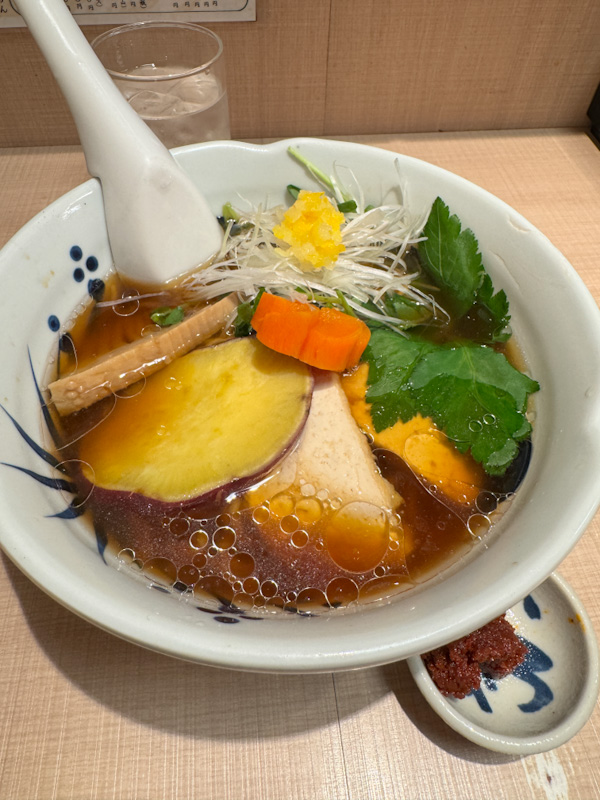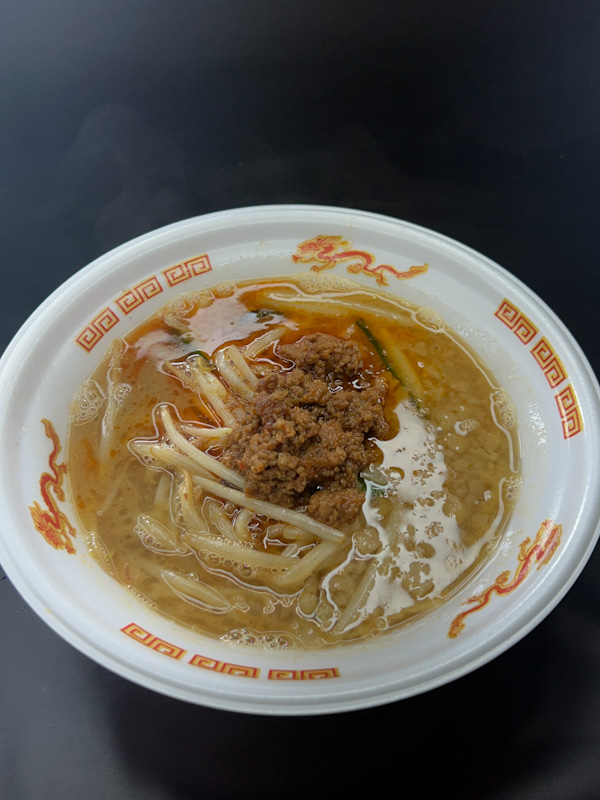WHAT WE ATE
- Shina Soba – 55/100, Kofu

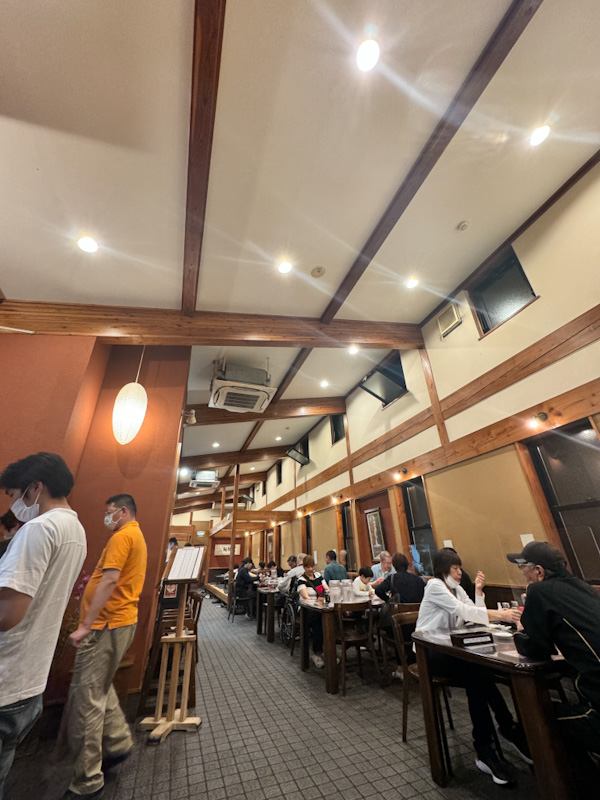
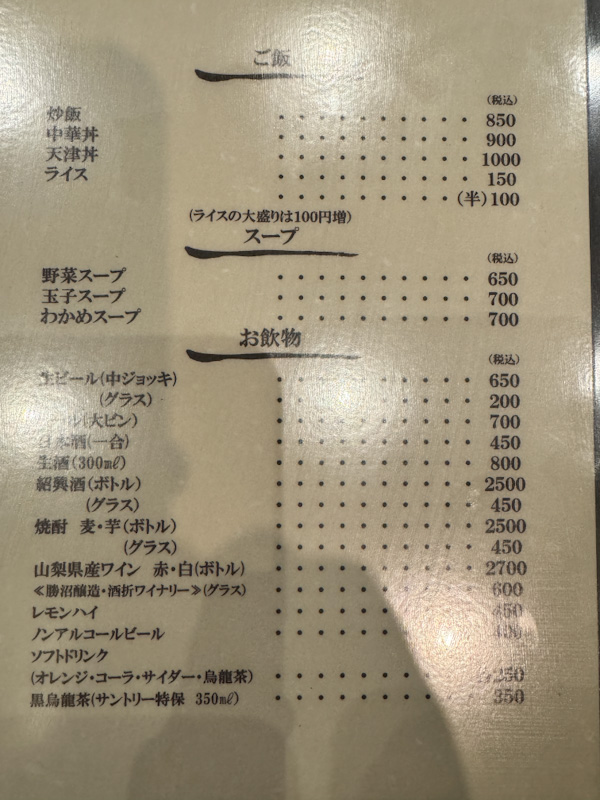

The Original Ramen
Established in 1964, The Houraimen’s website proudly asserts itself as the pioneer of China Soba. But being just barely 60 years since makes one wonder – is the iconic ramen dish really that young? However, the truth behind its origins unveils a lengthy narrative.
China Soba, known as Shina Soba, predates the popular Chuka Soba commonly found in ramen establishments. Post-war, the term ‘Shina’ fell out of favor due to its derogatory connotations, leading to the gradual disappearance of Shina Soba as a culinary offering.
Houraimen aims to resurrect the lost identity and taste of Shina Soba, drawing enthusiasts not only from its home prefecture but also beyond. Renowned for its sumptuous rendition featuring thick slices of roast pork, scallions, seaweed, and traditional ingredients, its signature broth, infused with the essence of soy sauce, perfectly complements the delicately crisp noodles.
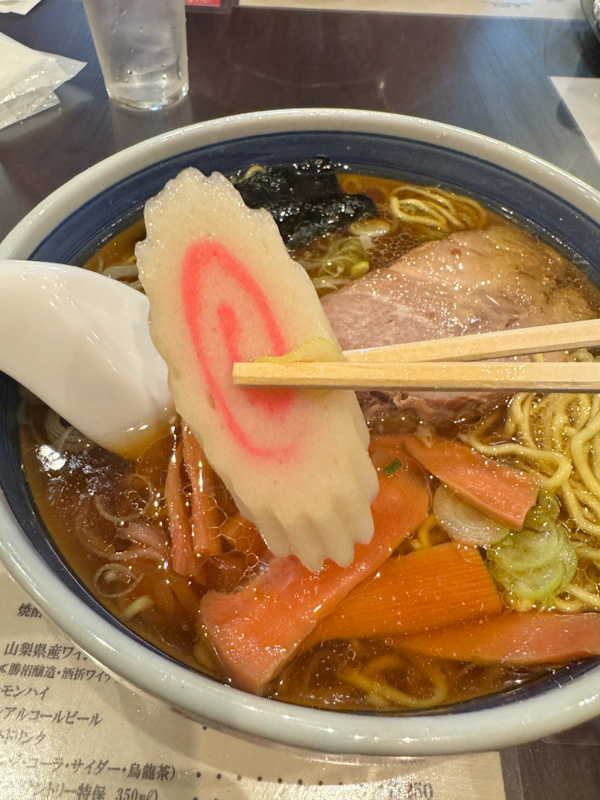
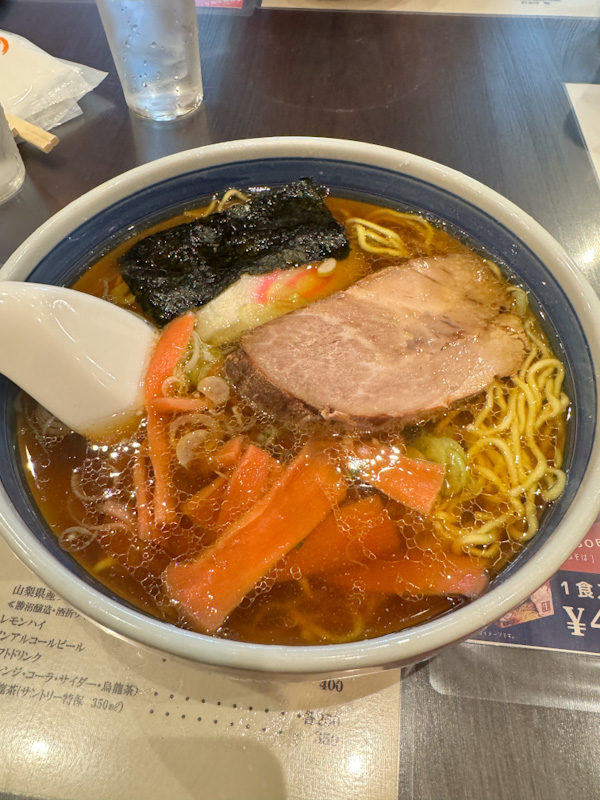

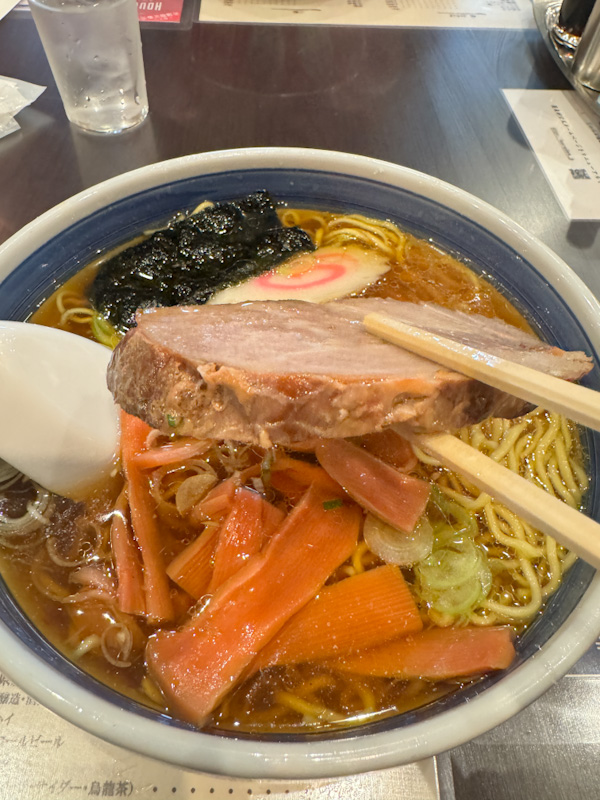
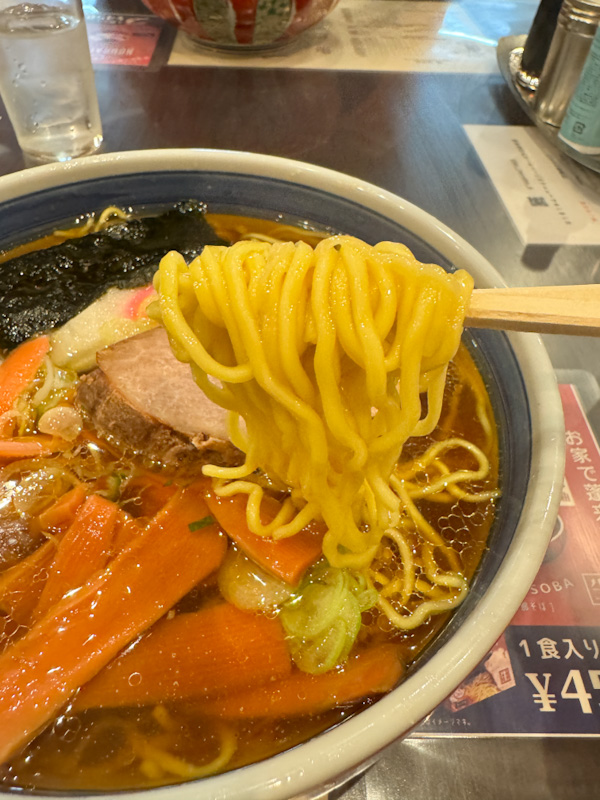

SHINA SOBA – 55/100
Noodles: 25/35
The noodles are medium-thick, curly, and boast a rich yellow hue. Offering a robust bite and firm texture, they tend to become slightly sticky and clammy as the noodles sit longer in the soup.
Soup: 20/35
Delivering a light yet fragrant essence, the soup exudes a prominent aroma of Shoyu, complemented by subtle sweet and meaty taste from the base. While the Shoyu flavor dominates, it leaves behind slightly bitter and tangy undertones.
Meat: 5/20
The Chashu is a substantial slice, exhibiting a well-cooked, albeit slightly overdone texture with a darker shade. Despite its eye-catching appearance, the meat proves tough and fibrous, challenging to tear apart. Prolonged chewing accentuates the meat’s dryness, and enhances the porky odour against its lightly salted marinade. The heavy tasting chashu is not going to be everyone’s favourite.
Toppings: 5/10
Featuring fish cake, Negi, and bamboo shoots, the toppings maintain a simplistic profile. Though the bamboo shoots offer a reddish hue, their flavor remains unremarkable. Overall, the toppings lack distinction, failing to elevate the dish to a memorable status.
DISCLAIMER
One man’s meat is another man’s poison.
Find out more about our palettes and how we evaluate our ramen here. 😉

